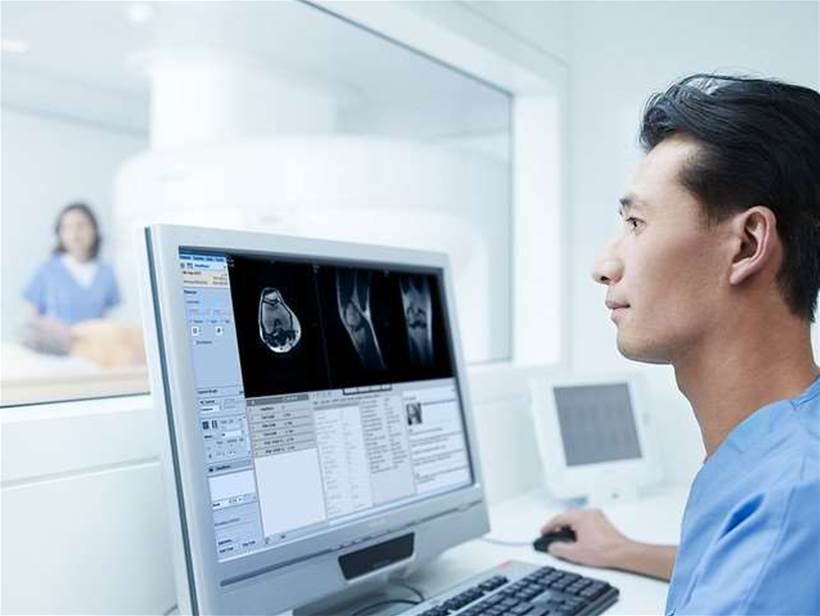Philips envisions a future where wearables track the vital signs of patients and feed the data in real-time to health professionals, who can then make proactive decisions about patient care.
The company’s healthcare informatics solutions and services CEO Jeroen Tas told Salesforce’s Dreamforce 15 conference that proactive monitoring of patients was the future of care.
“We want everyone to have the opportunity to get medical-grade monitoring if they need it - to be tethered through mobile devices that you can wear around your neck and press a button and be always connected with your caregivers,” he said.
Connecting patients to carers in this way could afford them a level of service akin to being admitted to intensive care – all while they remained at home.
“We’re monitoring their vital signs and matching it up with their clinical profile,” Tas said.
“If we can see they’re standing up much more slowly, their gait is changing, suddenly their risk of falling has increased, so we’re sending a therapist.
“Or maybe the person is not taking their medication, so let’s go out and sit down and talk with them.”
Tas outlined an internet-of-things vision that involves connecting patients and healthcare professionals to deliver care “as and when it's needed”.
“We want to start truly networking everybody to provide the best care at the right moment,” he said.
“The whole concept of wiring you up or tethering you - if you will - to your care provider through different tools will make a big difference to care outcomes.”
Philips is already working to create networks in this way for chronic obstructive pulmonary disease (COPD) patients.
“We have four million people walking around with our ventilators,” Tas said. “We’re now connecting those ventilators.”
Improving diagnosis
Another way networking could help clinicians is in the diagnosis of medical problems.
Tas said up to 40 percent of diagnoses were incorrect the first time, so having better data available could make a big difference.
The challenge is that patient information often existed in “islands” – where a hospital, GP, pathologist and pharmacy might hold small pieces of the puzzle, but the pieces weren’t necessarily connected.
“If you bring all that information together - for instance, in a complex oncology case - then you’re talking about terabytes of data,” he said.
“You need a core data infrastructure to do that because you’re taking data from an electronic medical record, apps, devices, from hospitals, imaging systems, and you’ve got to combine that data and make it actionable for the patient [and clinician].
“But if you can achieve the whole picture of the patient, you can start to do much better diagnoses.”
Ry Crozier travelled to Dreamforce 15 in San Francisco as a guest of Salesforce.






